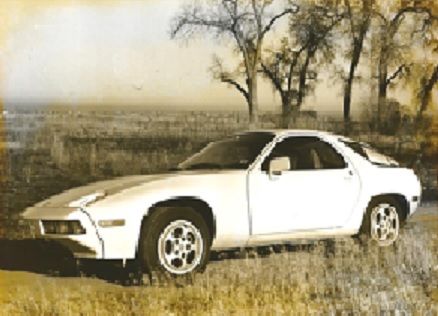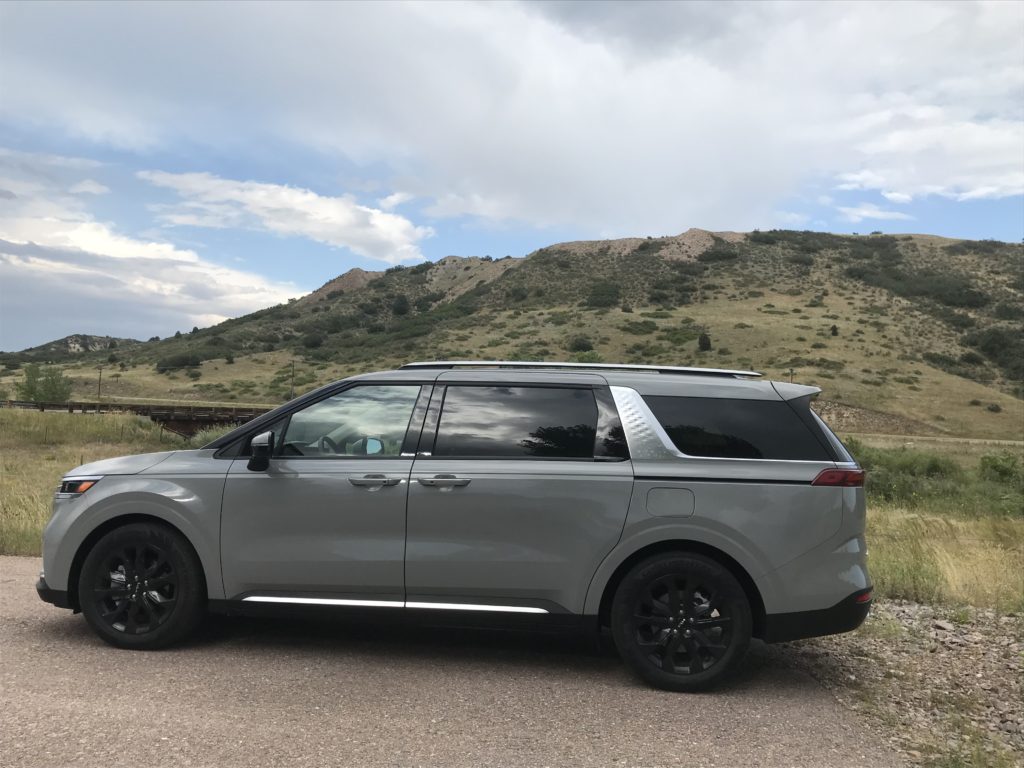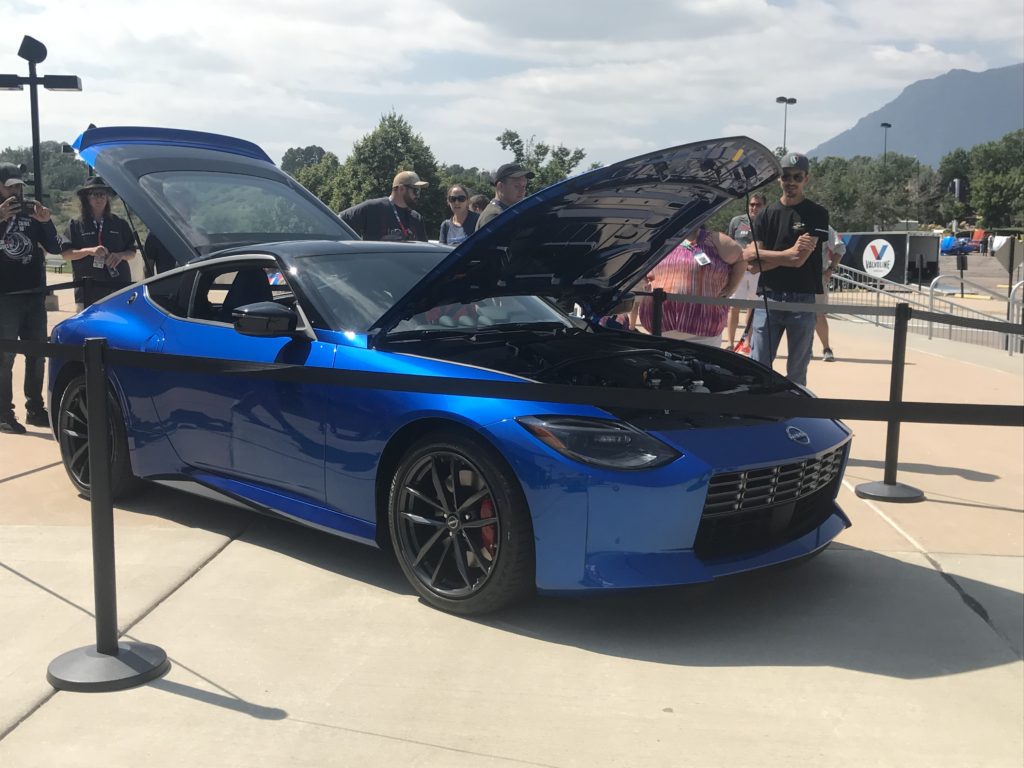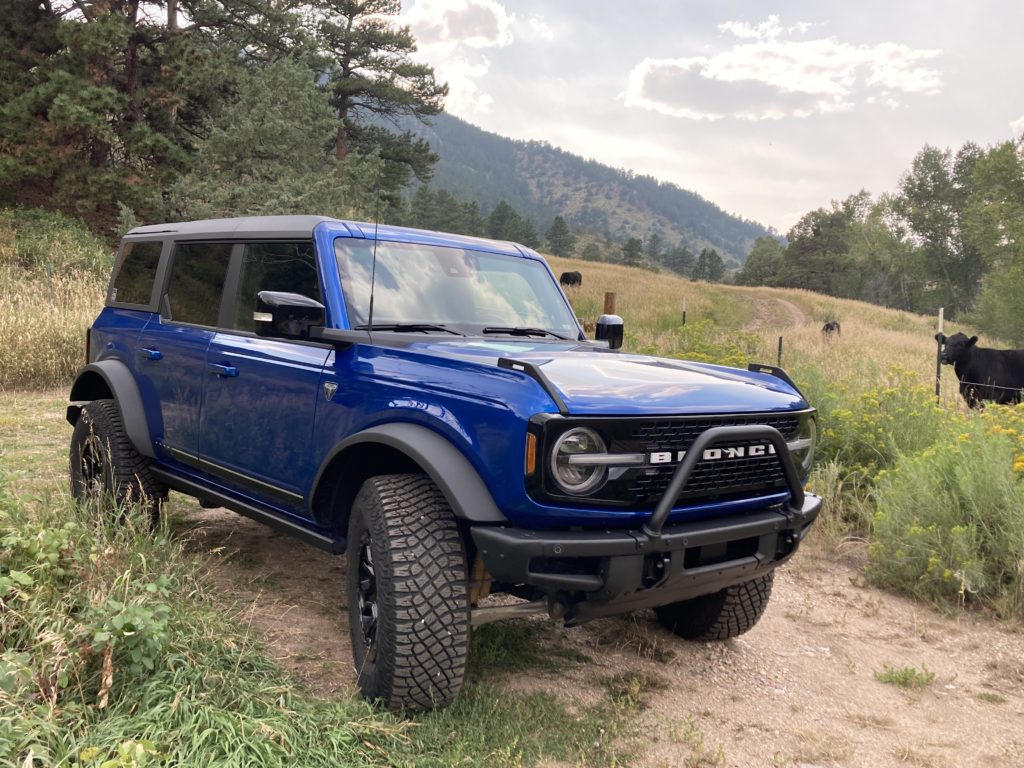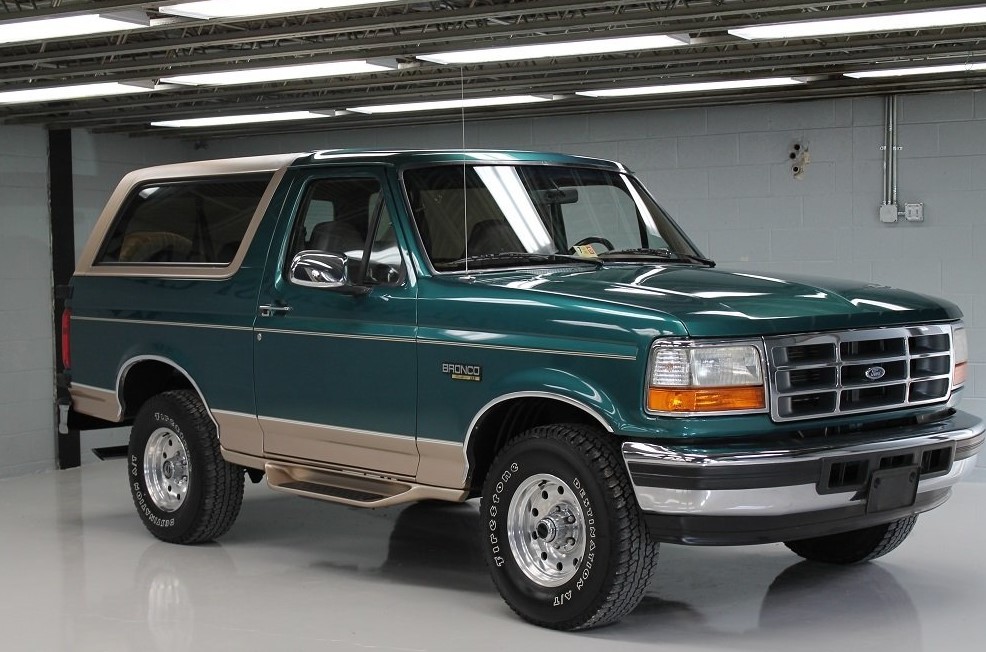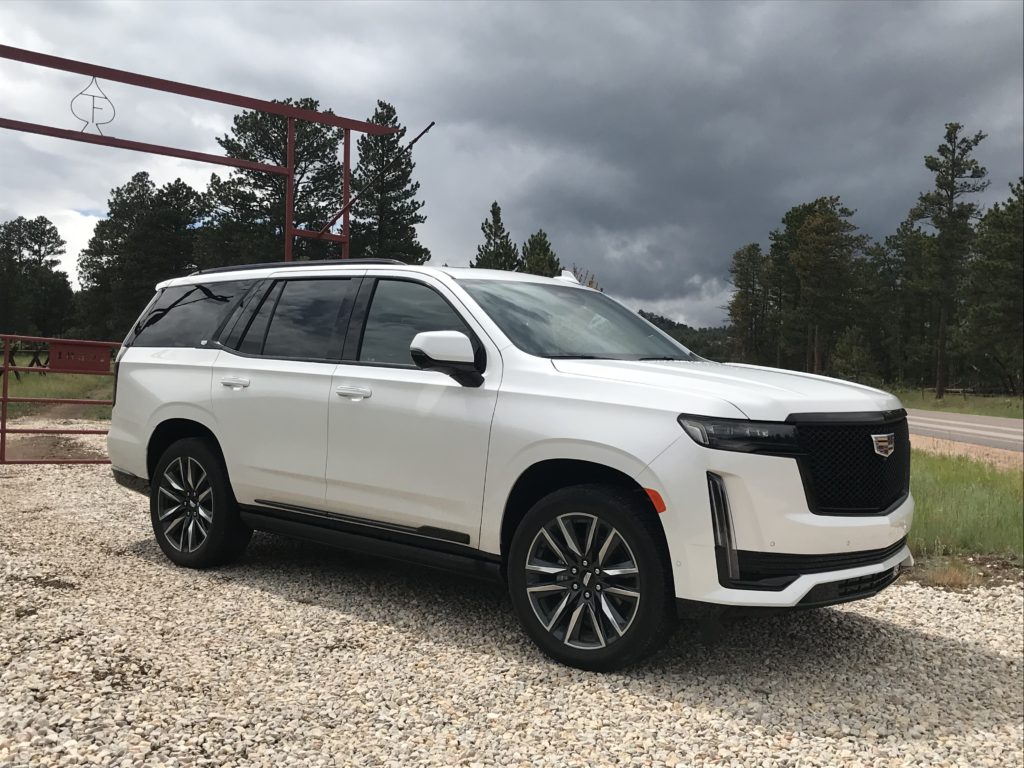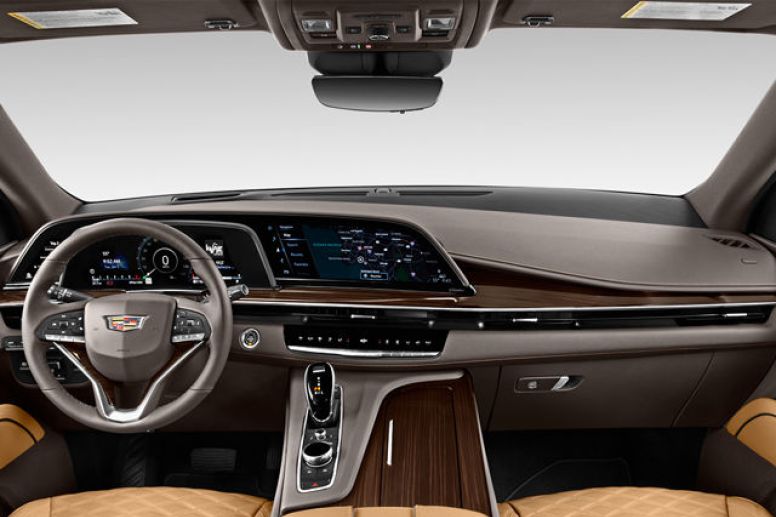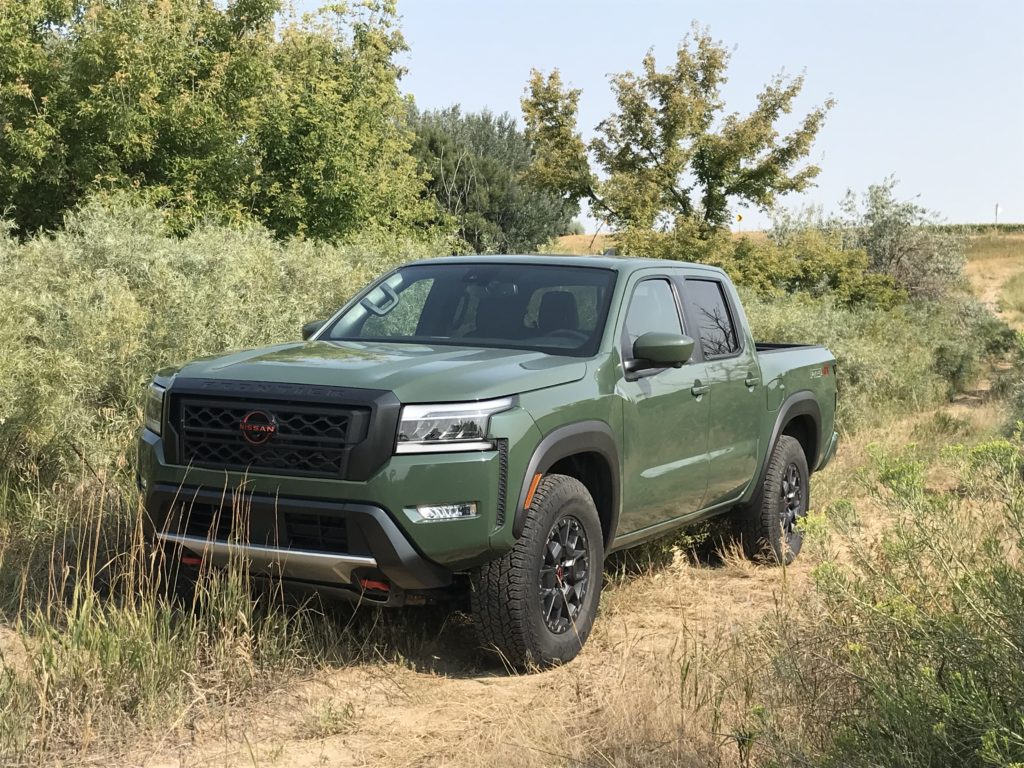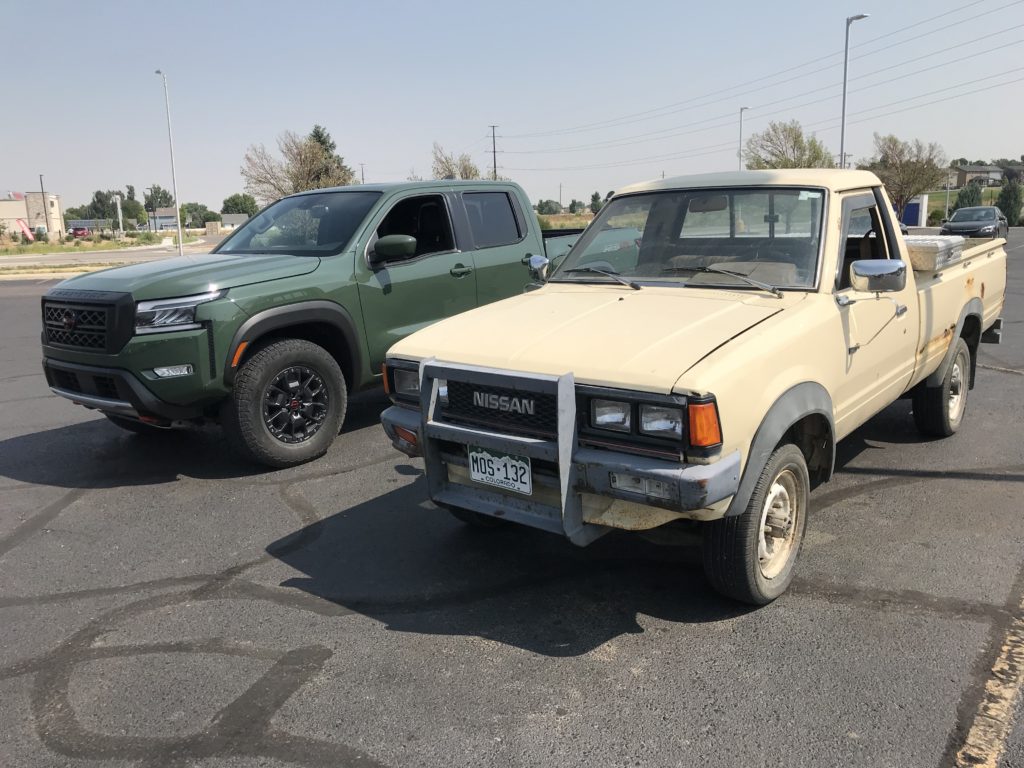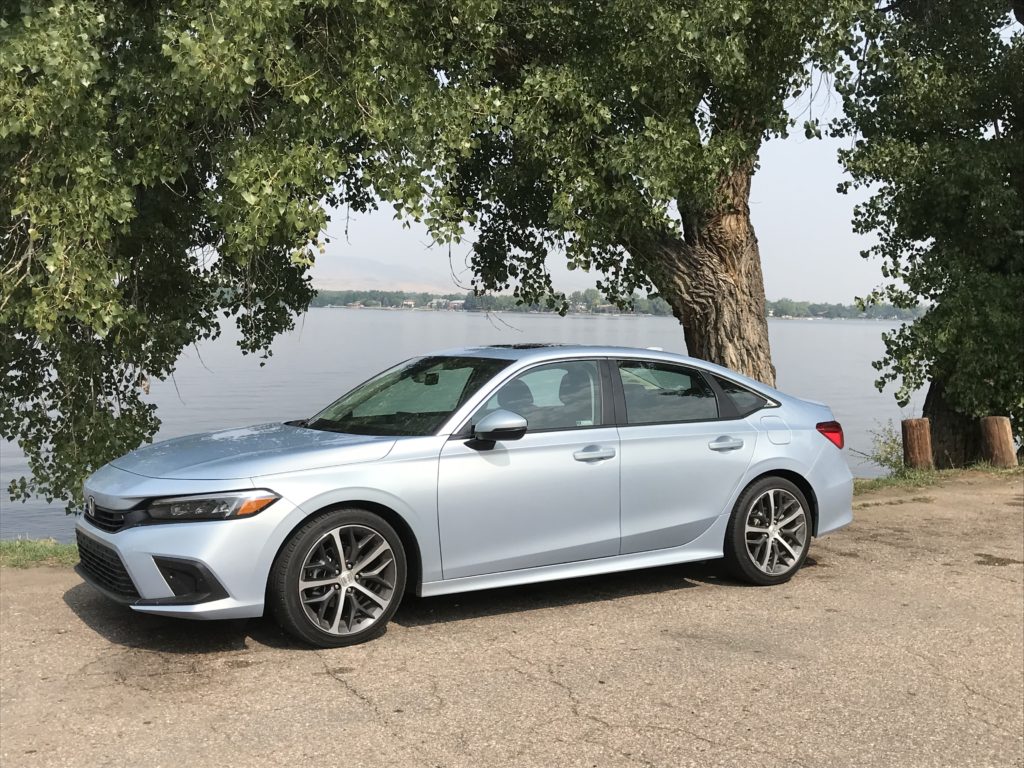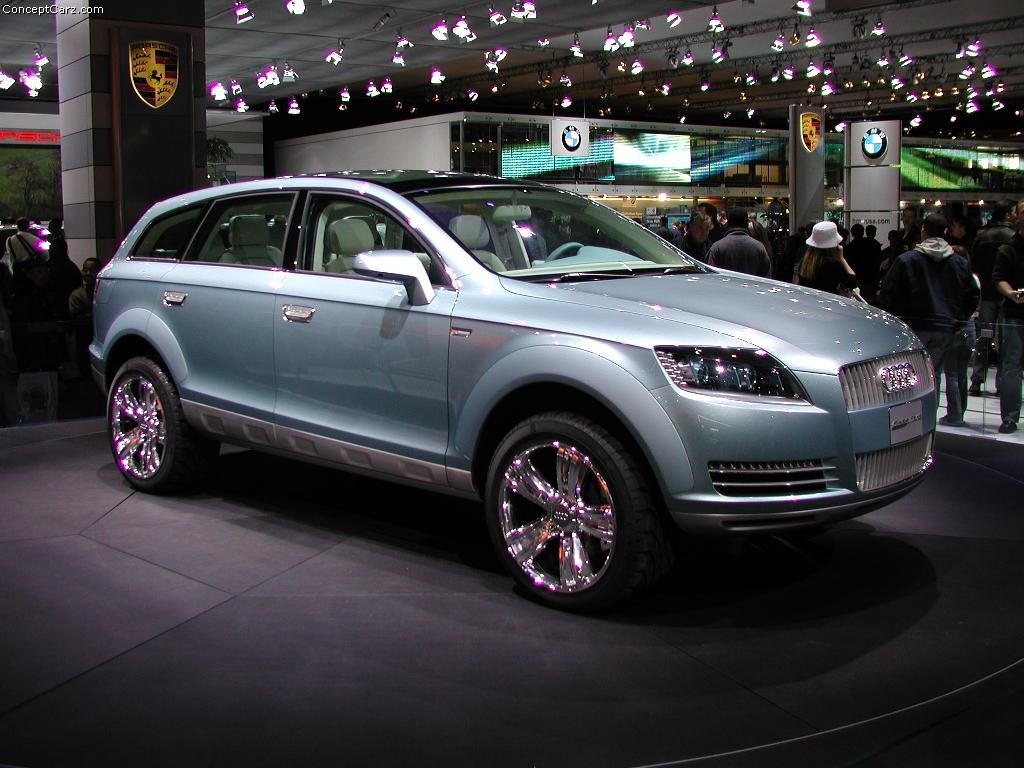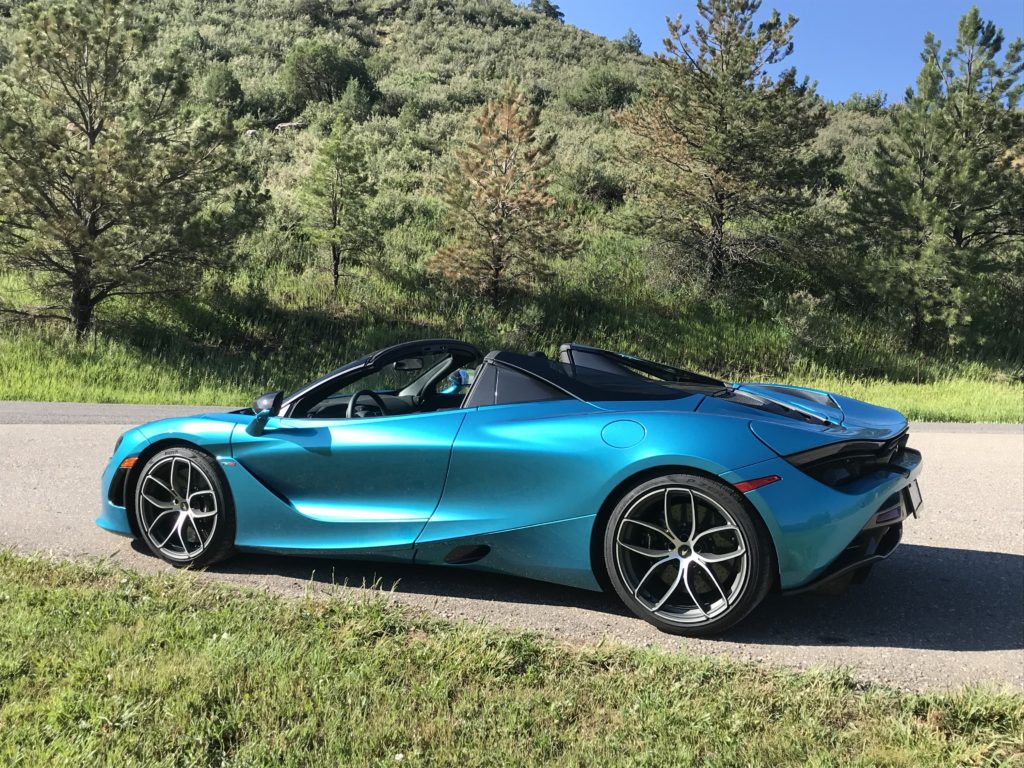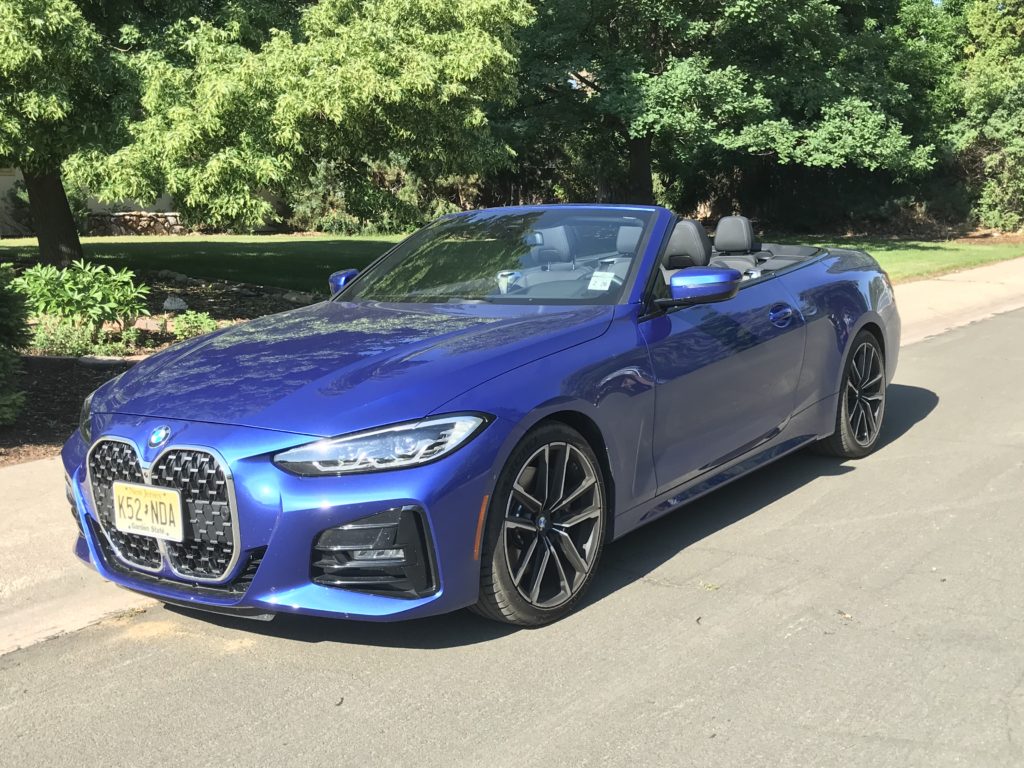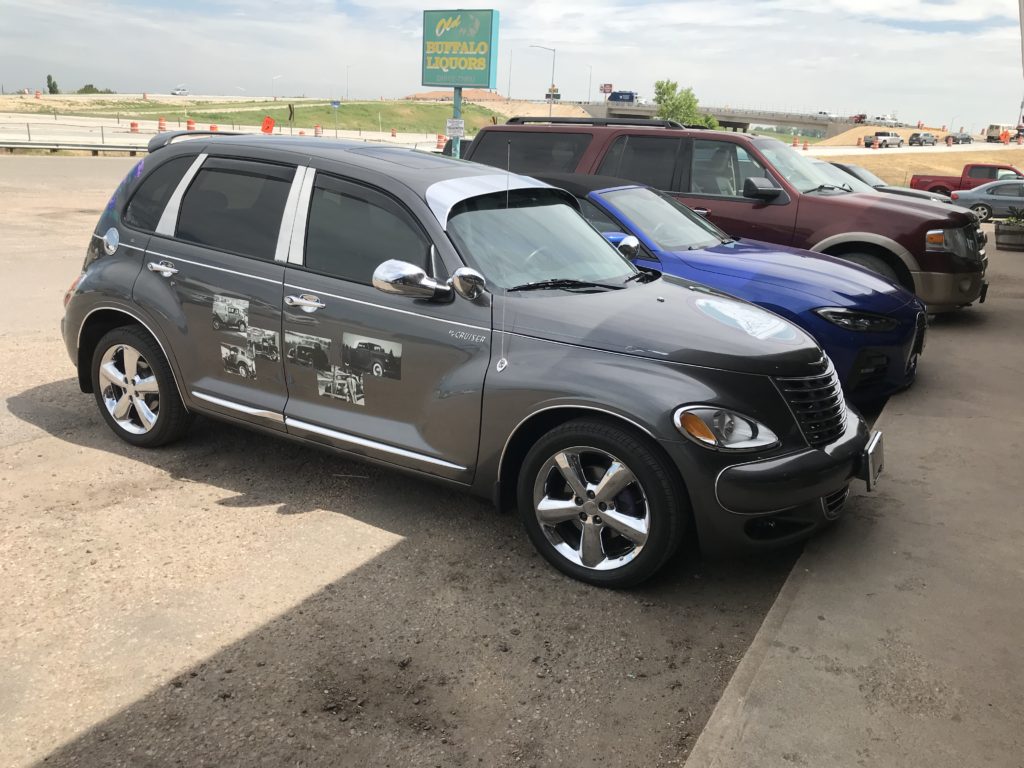
(Forty years ago, in 1981, I enjoyed testing the Maserati Merak SS, an Italian dream machine which I reviewed in The Denver Post.)
The ’81 Maserati at $42,637 was the highest-priced auto I drove and reviewed until July of 1993, when I tested the quickness of the ’93 Toyota Supra Turbo, with a sticker price of $43,607.
The Maserati was built for the Alps, from speeding over the mountain passes to tight cornering in the hairpin turns. It was loaned to me for a few days in the summer of 1981 by Bill Stewart of the Royal Carriage Works at My Garage, 455 Broadway, Denver.
Following are excerpts from the review in The Post:
The driver sits very low in the reclining red leather seat, with black leather on the console, a red instrument panel and dark suede on the dashtop. Pleasant-sounding AM-FM cassette stereo is by Blaupunkt.
The car’s turning circle is a narrow 34.4 feet. It stands only 44.6 inches high and weighs 2,905 pounds on a wheelbase of 102 inches. It is 180 inches long and 69.6 inches wide. Front tread is 58 inches, with 56.9 inches at the rear. Brakes are disc, impressively large in swept area. Steering is rack-and-pinion, with adjustable tilt and height of the wheel.
The 181-cubic-inch V-6 engine has 8.5-to-1 compression ratio and 180 horsepower at 6,000 rpm. Fuel delivery in the mid-engined Maserati comes from three twin-throated Weber carburetors.
I’ve driven a couple of cars which were quicker off the line than the Merak, but they were V-8 powered. This one really moves after the initial moment. Second gear performs especially strong in the 3,000 to 5,000 RPM range. It will power up a hill in any of the five gears. It cruises 55 miles an hour at 2,600 rpm and runs the same speed in 4th and at 3,350 rpm. Balance is excellent at high speeds. Top speed is somewhere above 140 mph, Maserati officials say.
Though the Merak’s EPA rating is only 10 miles per gallon, the test model averaged 17.1 over highways in the Denver area.
Added to the $40,225 base price of the Merak SS is $550 for gas-guzzler tax, $600 for special two-tone paint and $1,262 for transportation, bringing total to $42,637.
The light stalk is situated so close to the signal stalk that a driver unfamiliar with the controls might mistake one for the other a time or two after dark.
Under the hood is a small luggage compartment, including an impressive leather-bagged set of tools.
The rear deck provides access to the engine, battery, spare tire and fuel system. Air conditioning and alternator are at extreme rear of engine.
Maserati also in 1981 builds a 4,600-pound four-door Quattroporte, which sells for about $56,000. It is powered by a 5-liter V-8 engine. The big luxury model has in the trunk a complete set of leather luggage to match the car’s interior.
